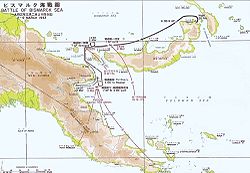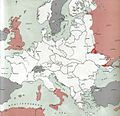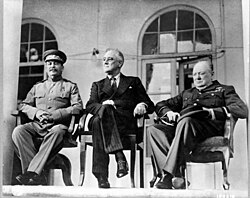This article has multiple issues. Please help improve it or discuss these issues on the talk page . (Learn how and when to remove these messages) |
| Timelines of World War II |
|---|
| Chronological |
| By topic |
| By theatre |
| World War II |
|---|
| Navigation |

This is a timeline of events that occurred during World War II in 1943.































